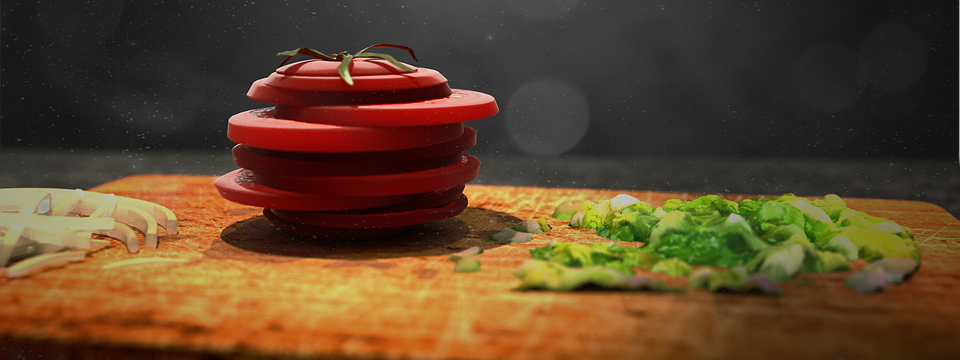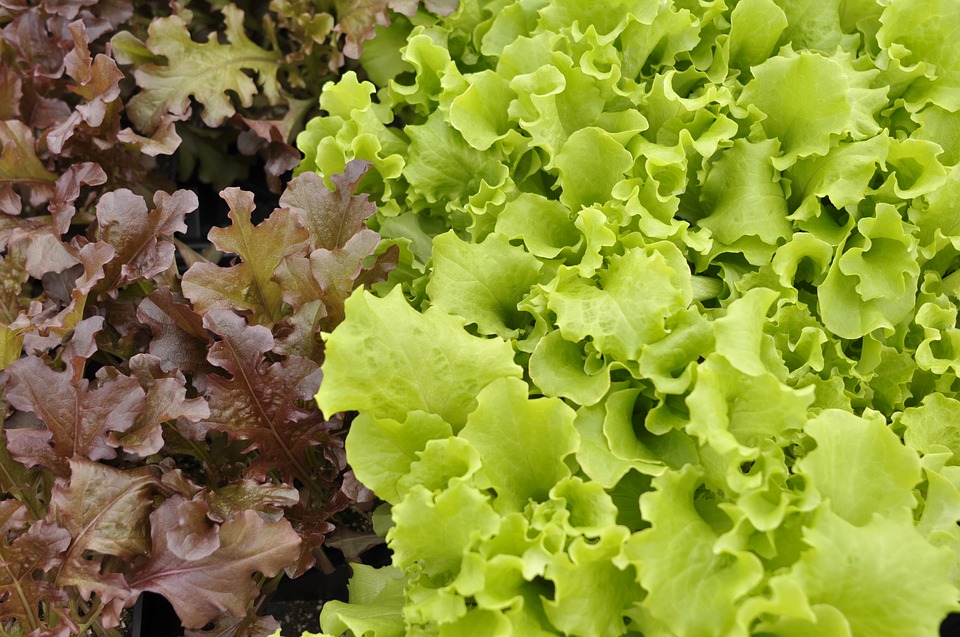This article delves into the complexities of feeding lettuce to cats, considering its nutritional value, potential risks, and common misconceptions. We will examine the nutritional needs of felines and how lettuce stacks up against them, exploring the potential digestive issues, pesticide concerns, and oxalate content associated with consuming lettuce. We will also look at specific lettuce varieties, their varying nutritional profiles, and their potential effects on cats. Finally, we'll answer common questions about feeding lettuce to cats, providing a comprehensive guide for cat owners seeking to make informed decisions about their feline companion's diet.
Part 1: Understanding Feline Dietary Needs

1.1. Obligate Carnivores: A Cat's Nutritional Blueprint
Cats are obligate carnivores, meaning their bodies are designed to thrive on a diet primarily consisting of animal-based protein. This evolutionary adaptation has shaped their unique nutritional requirements, highlighting the critical need for specific nutrients that cannot be readily obtained from plant sources.
1.2. Essential Nutrients for Feline Health
Cats require a specific set of nutrients for optimal health and well-being. These include:
- Protein: Crucial for muscle growth, tissue repair, hormone production, and overall body function. Cats need a high protein intake compared to humans and other animals.
- Fat: Provides energy, supports hormone production, and aids in the absorption of essential vitamins. Cats require a moderate amount of fat in their diet.
- Taurine: An amino acid crucial for heart function, vision, and reproduction. Cats cannot synthesize taurine and must obtain it from their diet.
- Arginine: An amino acid involved in protein synthesis, immune function, and wound healing. Cats require sufficient arginine for optimal health.
1.3. The Limitations of Plant-Based Diets for Cats
While some plant-based ingredients can be part of a balanced feline diet, they cannot replace the essential nutrients found in meat. Lettuce, in particular, lacks the protein, fat, taurine, and arginine that cats need to thrive. Its inclusion in a cat's diet can lead to nutritional deficiencies, potentially impacting their health and well-being.
Part 2: Lettuce: A Closer Look at Its Nutritional Profile

2.1. The Nutritional Content of Lettuce
Lettuce is a leafy green vegetable, offering some vitamins and minerals, including:
- Vitamin A: Important for vision, immune function, and cell growth.
- Vitamin C: An antioxidant that supports immune function and collagen production.
- Vitamin K: Essential for blood clotting and bone health.
- Folic Acid: Vital for cell division and red blood cell production.
- Potassium: Helps regulate blood pressure and muscle function.
- Fibre: Aids digestion and promotes satiety.
2.2. Comparing Lettuce's Nutritional Value to Cat Requirements
While lettuce offers some nutrients, its low protein and fat content, along with the absence of taurine and arginine, make it an inadequate source of nutrition for cats. Its nutritional value pales in comparison to the vital nutrients found in meat, which are essential for feline health.
Part 3: Potential Risks of Feeding Lettuce to Cats

3.1. Digestive Upset and Gastrointestinal Issues
Lettuce can cause digestive upset in cats, leading to:
- Diarrhoea: The high fibre content can be difficult for cats to digest, resulting in loose stools.
- Vomiting: The change in diet and the presence of certain chemicals in lettuce can trigger vomiting.
- Gas and Bloating: The fibre content can cause gas and bloating, particularly if consumed in large quantities.
3.2. Pesticide Residues: A Hidden Danger
Commercially grown lettuce may contain pesticide residues. While these are typically safe for humans in small amounts, cats are more sensitive to toxins, and ingesting pesticide-laden lettuce could potentially lead to health problems. It is recommended to choose organic lettuce whenever possible to minimize pesticide exposure.
3.3. Oxalates: Impact on Calcium Absorption and Kidney Health
Certain types of lettuce, like romaine, contain oxalates, which can bind to calcium in the body. This can hinder calcium absorption and increase the risk of kidney stones in cats, particularly those with pre-existing kidney conditions.
3.4. Lactucarium: A Potential Sedative and Hallucinogenic Agent
Lettuce contains a milky sap called lactucarium, which acts as a sedative and can have hallucinogenic effects in some animals. While this is rare in cats, it's still a potential risk to consider, particularly if large amounts are ingested.
Part 4: Exploring Different Lettuce Varieties and Their Effects on Cats
4.1. Iceberg Lettuce: Low in Nutritional Value
Iceberg lettuce, the most common type, is known for its crisp texture and mild flavour. However, it is low in nutritional value and contains very little in terms of essential nutrients for cats. While it might be the least harmful option, it still provides limited nutritional benefits.
4.2. Romaine Lettuce: High in Oxalates, a Potential Risk
Romaine lettuce is a good source of vitamins and minerals, but it also contains high levels of oxalates, which can be harmful to cats. Its oxalate content poses a greater risk than iceberg lettuce, making it less suitable for feline consumption.
4.3. Spinach: A Nutritional Powerhouse, but Not for Cats
Spinach is a highly nutritious leafy green, packed with vitamins and minerals. However, it is not recommended for cats due to its high oxalate content. Its potential to hinder calcium absorption and increase the risk of kidney stones makes it unsuitable for feline consumption.
4.4. Kale: Another Nutrient-Rich Green with Potential Risks
Kale is a nutrient-rich green, but it also contains high levels of oxalates, making it unsuitable for cats. Its oxalate content poses similar risks to spinach, making it a better choice to avoid.
Part 5: Addressing Common Misconceptions About Lettuce and Cats
5.1. Myth: Lettuce Aids Digestion
Some people believe that lettuce can help with digestion in cats. While its fibre content can promote regularity in some cases, it can also cause digestive upset, making it not a reliable solution for constipation. In fact, the high fibre content can exacerbate digestive problems in some cats.
5.2. Myth: Lettuce Is a Good Source of Vitamins
While lettuce does contain some vitamins, it's not a significant source of essential nutrients for cats. Their dietary needs are best met by protein-rich foods like meat. Relying on lettuce as a source of vitamins would likely lead to nutritional deficiencies in cats.
5.3. Myth: Cats Can Eat Lettuce Safely in Small Amounts
While a small piece of lettuce might not cause immediate harm, it's not recommended as a regular part of a cat's diet. It is better to err on the side of caution and avoid offering lettuce altogether.
Part 6: FAQs: A Comprehensive Guide for Cat Owners
6.1. Can I give my cat a small piece of lettuce?
While a small piece of lettuce might not cause harm, it's not recommended as a regular part of a cat's diet. There are safer and more nutritious treat options available, such as commercial cat treats formulated to meet their nutritional needs.
6.2. What if my cat eats lettuce accidentally?
If your cat accidentally eats a small amount of lettuce, it's unlikely to cause significant harm. However, monitor your cat for any signs of digestive upset, such as diarrhoea, vomiting, or gas. If you notice any adverse reactions, contact your veterinarian for advice.
6.3. Can lettuce be used as a laxative for cats?
Lettuce should not be used as a laxative for cats. It can cause digestive upset and is not an effective or safe treatment for constipation. If your cat is experiencing constipation, consult your veterinarian for appropriate advice and treatment options.
6.4. Is it safe to give lettuce to kittens?
It's best to avoid giving lettuce to kittens altogether. Their digestive systems are more sensitive, and they need a diet specifically formulated for their growth and development. Introducing lettuce at this stage could potentially lead to digestive issues and hinder their healthy growth.
6.5. Can I feed my cat lettuce if it is sick?
If your cat is sick, it's best to consult with your veterinarian before introducing any new foods, including lettuce. They can recommend a diet appropriate for your cat's condition and ensure it meets their specific needs during recovery.
6.6. Are there any types of lettuce that are safe for cats?
While some types of lettuce might be less harmful than others, it's best to err on the side of caution and avoid feeding any lettuce to your cat. Their nutritional needs are best met by a balanced diet of meat-based foods, supplemented with safe and appropriate treats.
Conclusion: Prioritizing Feline Health and Well-being
While lettuce may appear harmless, its lack of essential nutrients and potential risks make it an unsuitable food for cats. It's important to prioritize their health and well-being by providing a balanced diet rich in protein, fat, and other essential nutrients found in meat-based foods. By understanding their dietary needs and avoiding potentially harmful foods like lettuce, cat owners can ensure their furry companions thrive and enjoy a long and healthy life.
Everyone is watching
-

Are Cat Ribs Flexible? Understanding Their Anatomy
CATS & KITTENSThis article delves into the fascinating world of feline anatomy, exploring the flexibility of cat ribs and ho...
-

Can Cats Eat Bananas? (Everything You Need to Know)
CATS & KITTENSThis article dives into the intriguing question of whether cats can safely enjoy the sweet, yellow fruit, bana...
-

Cat Lifespan: How Long Do Cats Live?
CATS & KITTENSThis comprehensive guide explores the factors influencing the lifespan of our feline companions, providing ins...
-

Can Cats Get COVID-19? What You Need to Know
CATS & KITTENSThis article will delve into the fascinating world of feline COVID-19 susceptibility. We'll explore whether ca...
-

Can Cats Eat Eggs? A Complete Guide to Egg Safety for Your Feline Friend
CATS & KITTENSWhen it comes to treating our furry companions, we all want to ensure we're doing what's best for them. Eggs...
